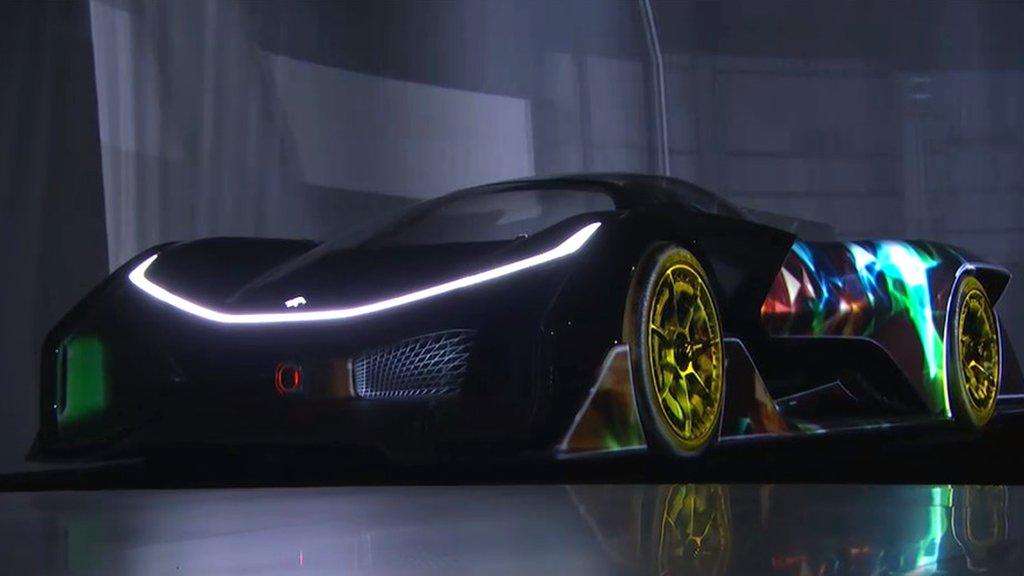CES Unveiled 2016: Smart jewellery and hair growth helmets
- Published
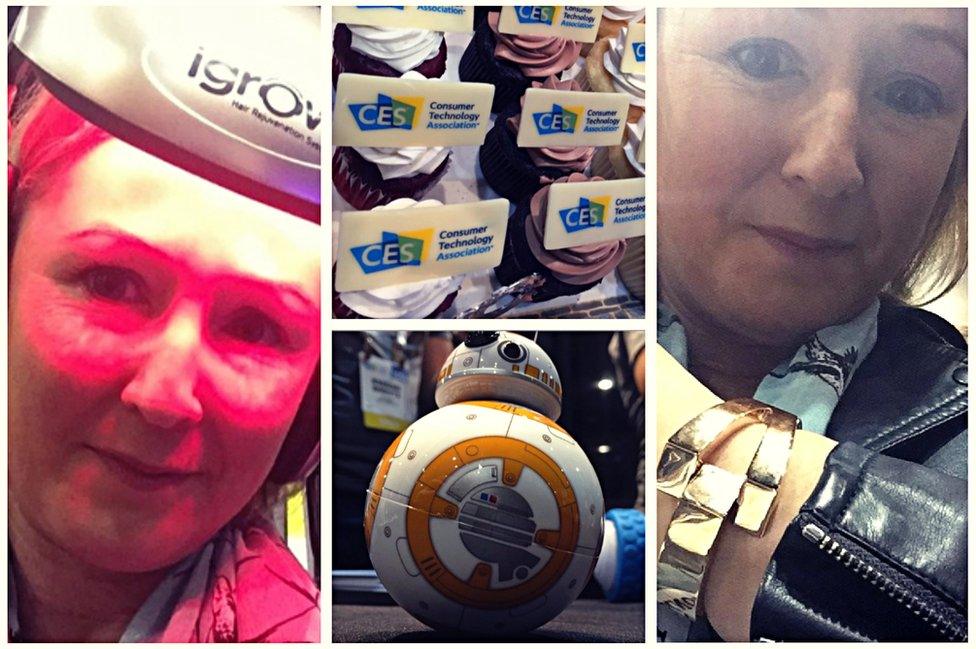
Zoe Kleinman reports from CES Unveiled
I've just returned from CES Unveiled - a surreal smorgasbord of tech inventions great and small.
The event is designed to offer a preview of some of the 3,500 exhibitors who are flocking to Las Vegas this week to show off their creations at the world's largest gadget show.
From robots to wristbands, cameras to cocktails, there was plenty to try your hand at, if you felt brave enough - some of the prototypes were more robust than others, and some were not particularly flattering.
A firm called Ziro has developed a modular robotics kit that lets anybody create their own robot in just 30 minutes, program it via an app and then gesture control it using a smart glove.

Ziro has developed a kit which lets anybody build a robot
Its demo model bore a striking resemblance to a certain Star Wars character and, perhaps true to form, it wasn't as responsive as I'd hoped. Shortly after my attempt "R2" mysteriously disappeared from the show floor altogether so perhaps it met its match with my fat fingers.
Gesture tech continued to disappoint, sadly.
In the next aisle was Sphero, the firm behind the wildly successful Star Wars BB-8 toy robot, showing off a miniature version that could be controlled via a smart wristband.
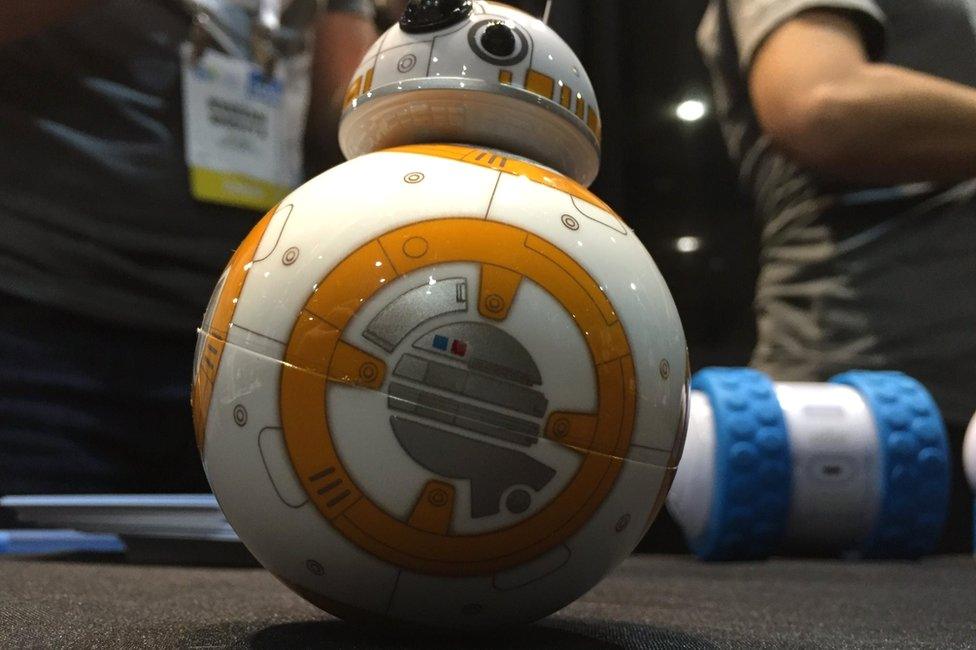
The small-scale BB-8's wristband needs "battery refinements"
It is due to launch this autumn - but a spokeswoman told me the battery life needed "refining" - which probably means it doesn't last very long.
I watched a few hapless journalists struggling to get the erratic BB-8 to respond to their commands before deciding a drink was in order.
Conveniently, an app-controlled robot cocktail maker, Somabar, was dishing out cocktails just around the corner.
In the interests of research I tried a Margarita - a little nervously, as my colleague Jane Wakefield was decidedly unimpressed by the mixing skills of the robotic bar on board Royal Caribbean's luxury cruise ship Anthem of the Seas when she visited recently.
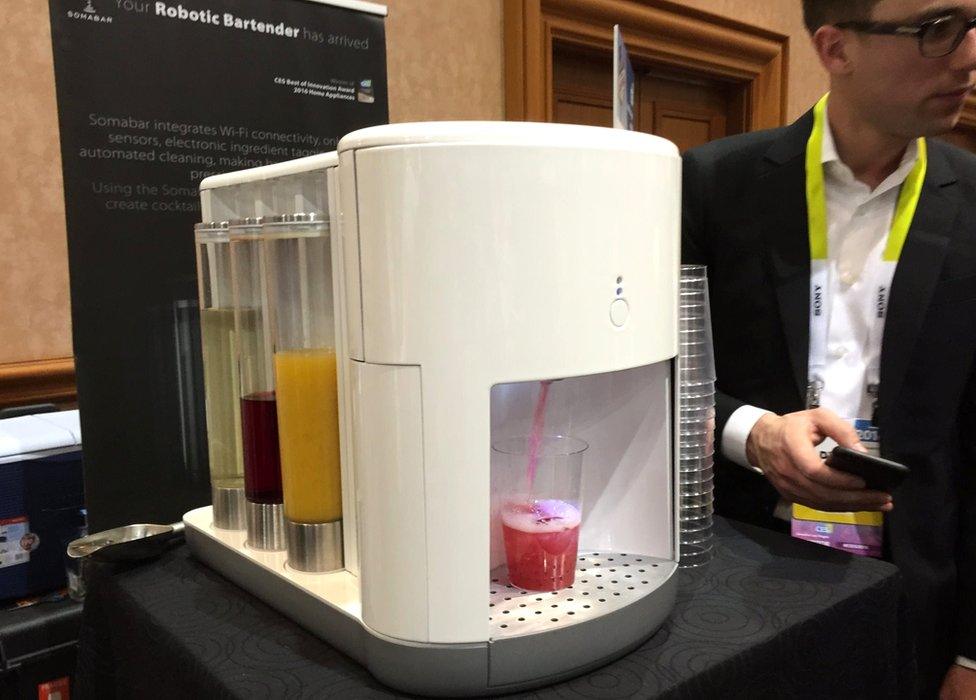
The Somabar robotic bartender provided refreshment for jetlagged journalists
Happily my choice of tipple was OK, if a little bland.
Perhaps I should have tried a second just to be sure, but Pico Brew was also calling. The "smart beer brewer" is able to make beer in just two hours using pre-packed ingredients and recipes downloaded online.
To distract me from the drinking there was fortunately also plenty of health-related tech on display. I tried out the Reliefband anti-sickness bracelet, designed to cure any potential nausea by making me feel a little bit like I was being electrocuted instead.
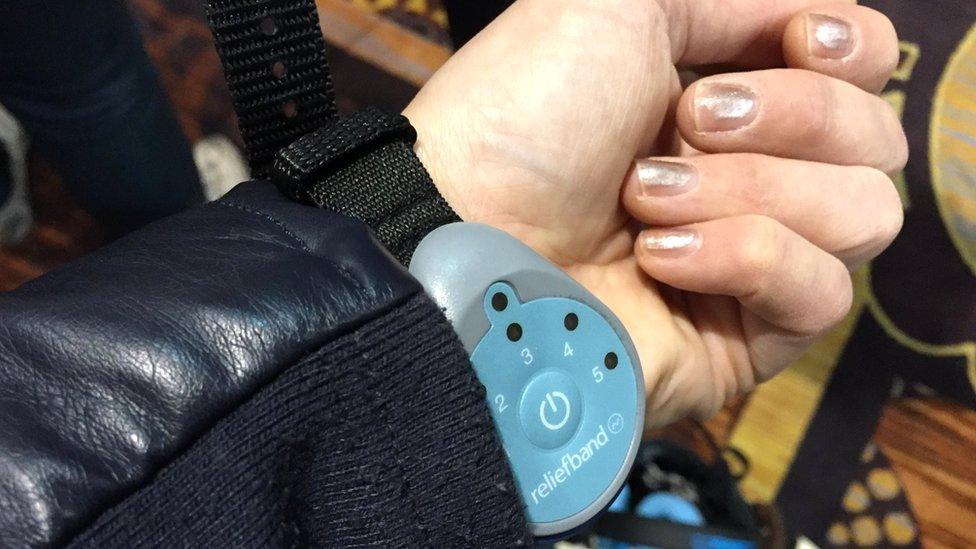
The Reliefband is designed to relieve nausea with electricity
After applying a gel you wear the watch-like device with the face down, so that it targets the area between the tendons in your wrist. You then turn up the power until you feel a tingling sensation in your middle finger. It's a very strange feeling - not painful, but somehow uncontrolled.
"It targets a well known acupuncture pressure point on the wrist," said the company's Marco Stone.
"It was initially developed in hospitals for treating chemotherapy-induced nausea."
We've all heard of laser hair removal but curiously there were two laser hair regrowth devices on display at CES Unveiled, one by HairMax and the other by Apira Science.
HairMax has a range of products including a Laserband, which looks like Jordy La Forge's glasses for those who like their Star Trek. Apira Science's iGrow resembles a bicycle helmet. One honest soul on Twitter, external told me I looked like an "evil cyborg" in it.
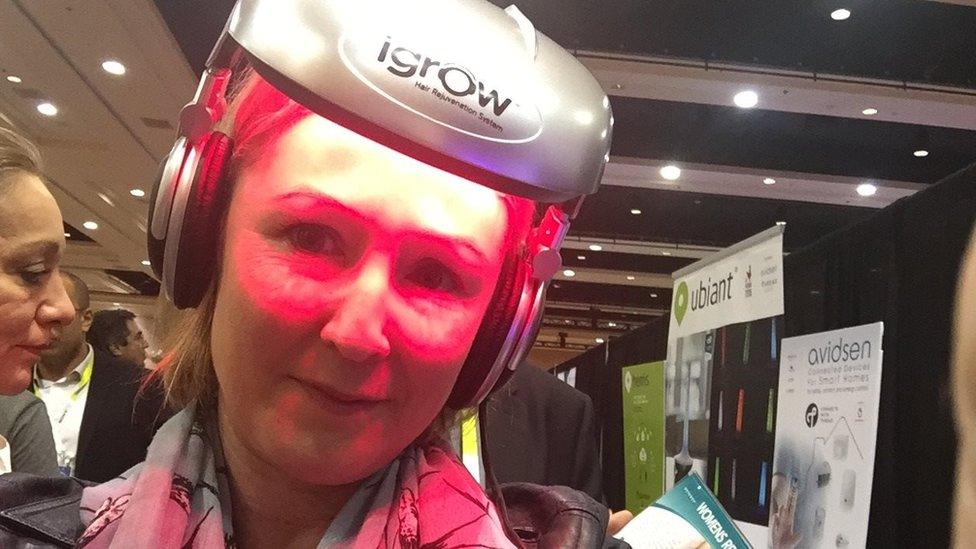
The iGrow headset is designed to "re-energise" hair follicles
Both are said to use low-level light therapy to "re-energise" hair follicles, and the iGrow has been cleared by the American FDA to be sold over-the-counter.
Safety tech was another clear theme.
First Alert offered a suite of wi-fi-connected alarms that sent a phone notification when they registered high levels of smoke or carbon monoxide in your home. They could also measure indoor temperature and humidity and had a 10 year battery life.

The First Alert products are not Android or Windows compatible at the moment
However, the products have been developed on the Apple Homekit platform and are not currently compatible with Android or Windows devices.
Meanwhile a firm called WiseWear addressed the issue of personal safety, revealing a range of chunky bangles/health trackers that could also be programmed to send a distress text to pre-arranged contacts in the event of an emergency.
The wearer sets a pattern - say three taps - to activate the distress signal.
WiseWear has worked with a number of designers in an attempt to make the wearables attractive and has even drawn inspiration from 93-year-old style icon Iris Apfel.
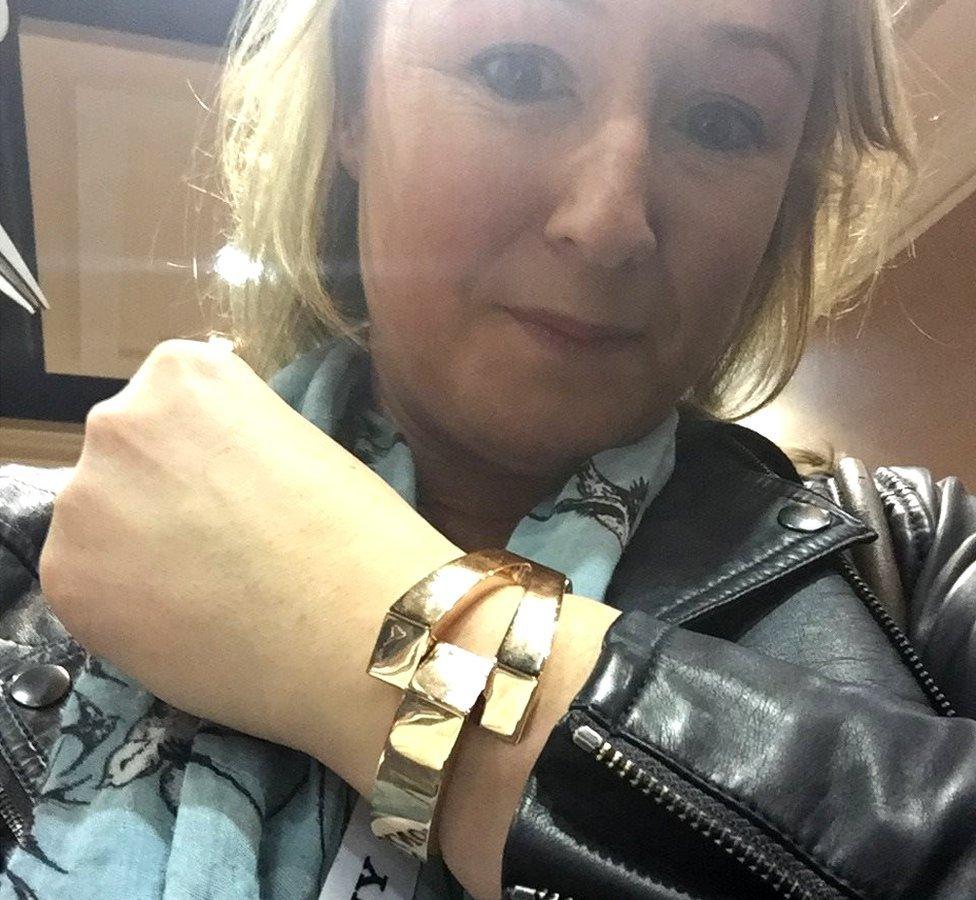
Wisewear is developing smart jewellery, designed to be more attractive than conventional wearables
"We know that tech and fashion don't always speak the same language," said chief marketing officer Jordan Ramirez.
"We are creating wearables that women actually want to wear."
As a woman who habitually fiddles with all her jewellery I asked if there was any way to deactivate the alert if it was raised by accident.
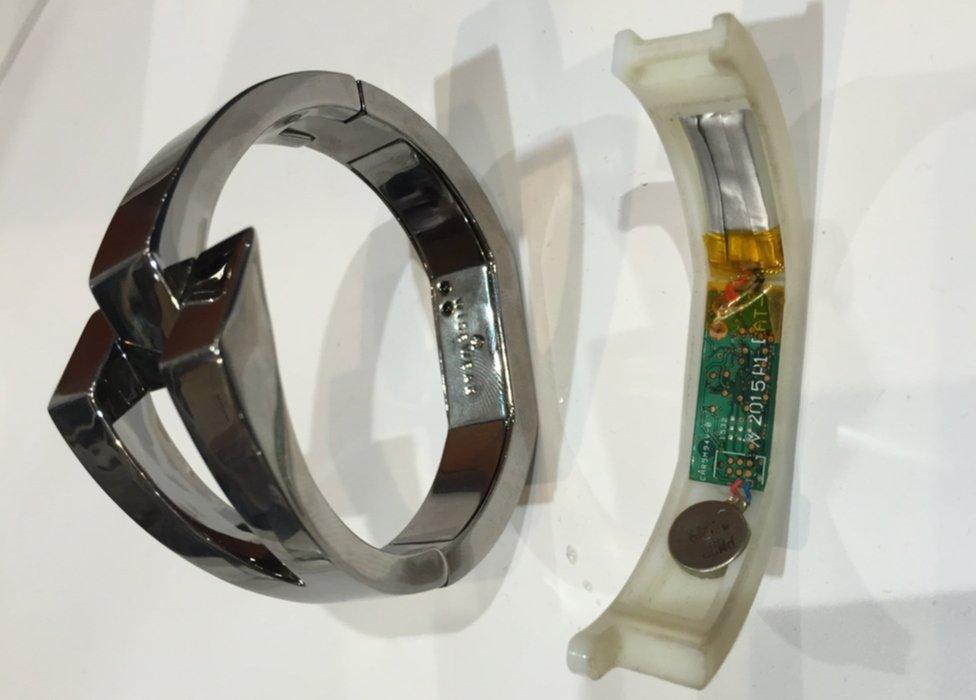
The Wisewear bracelet can text your family in an emergency
He said that setting the pattern yourself means you can choose an unusual sequence of actions - but ultimately, once activated, the only way to reassure your panicking loved ones is to send them a manual all-clear text yourself.
"Ultimately we think safety is more important than false alarms," he said.
You can't really argue with that - although I'm not certain my nearest and dearest would rush to volunteer to be my emergency bracelet contacts for that very reason.
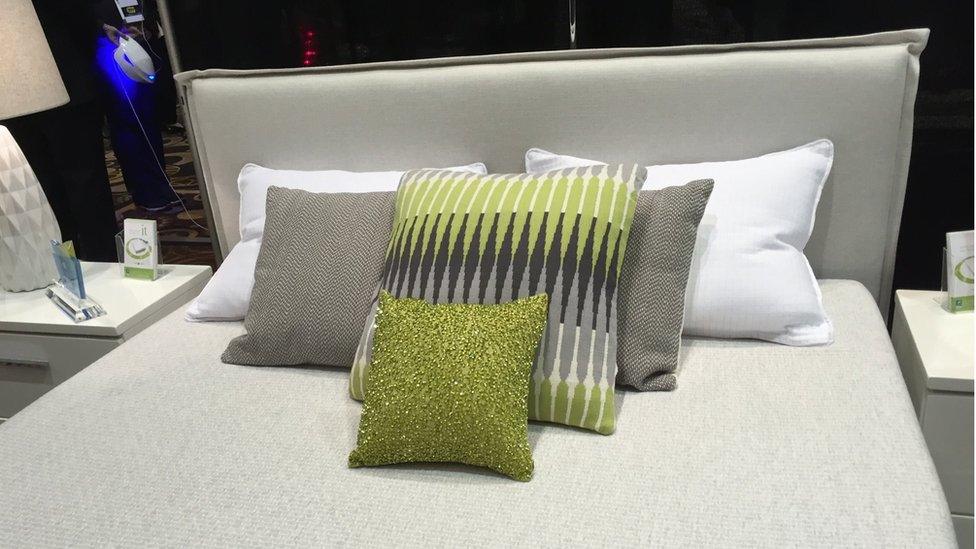
The Sleep Number bed can recommend a personalised "recipe" for sleep
Strategically positioned right by the exit was a very inviting looking bed belonging to Sleep Number.
The bed tracks your sleep and can recommend the ultimate recipe - from temperature to diet - for your own personal perfect slumber. If you can get over the fact that you are being closely monitored for long enough to get any sleep in the first place, that is.
Read more of our CES articles and follow the BBC team covering the show on Twitter, external.
- Published5 January 2016
- Published5 January 2016
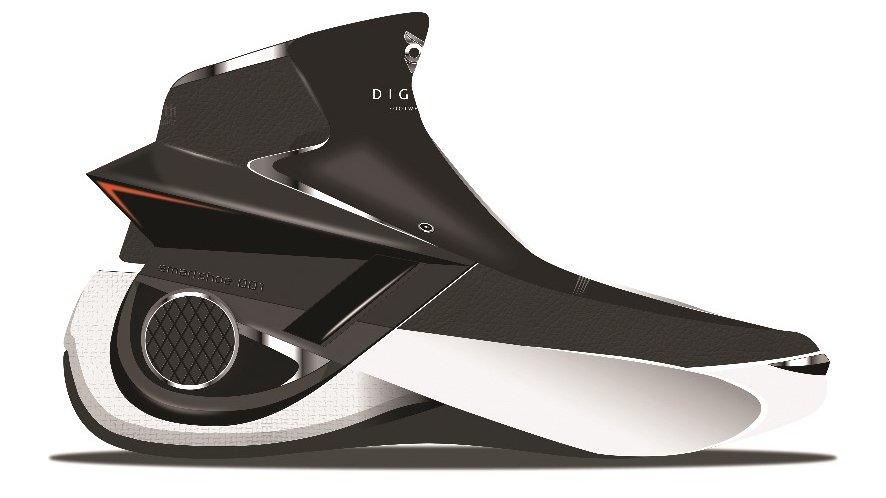
- Published5 January 2016
